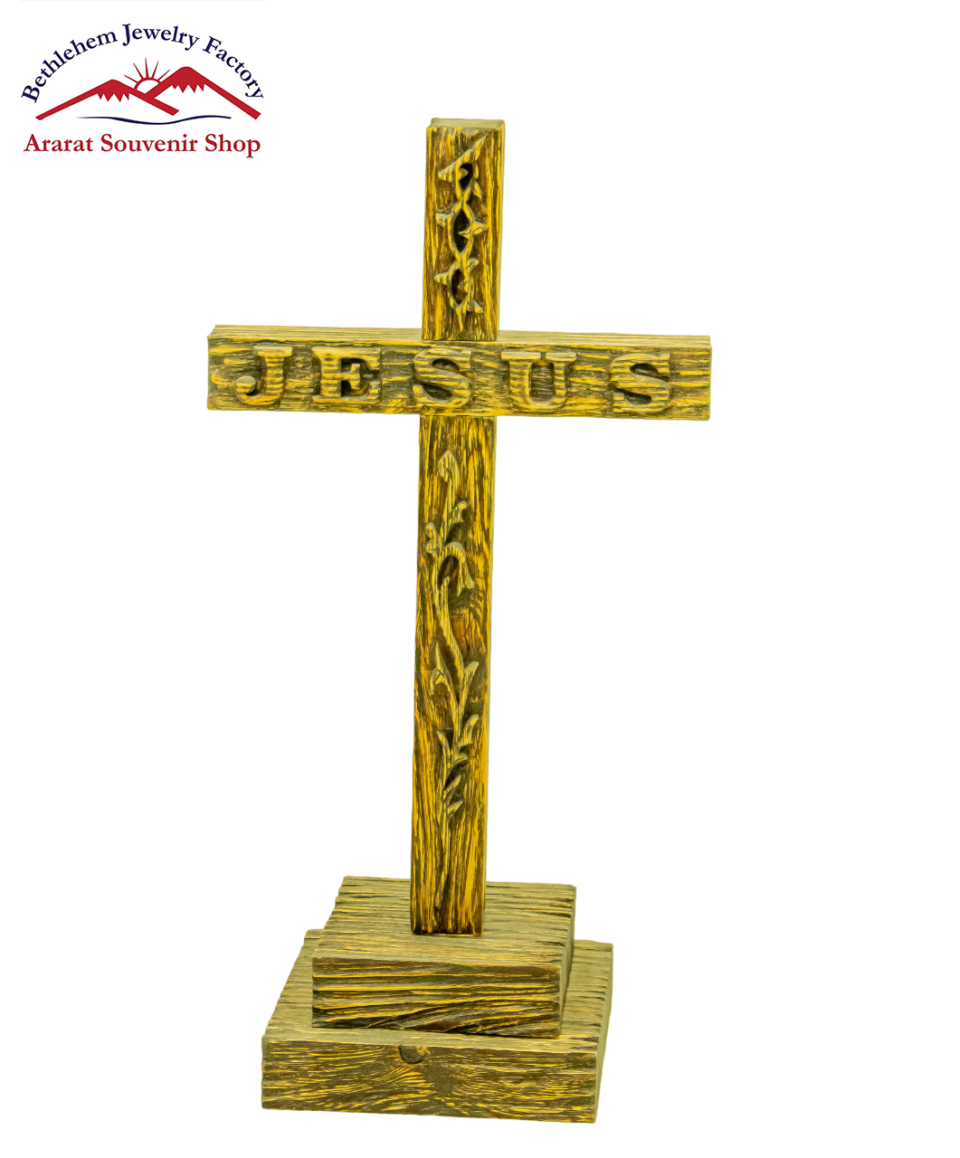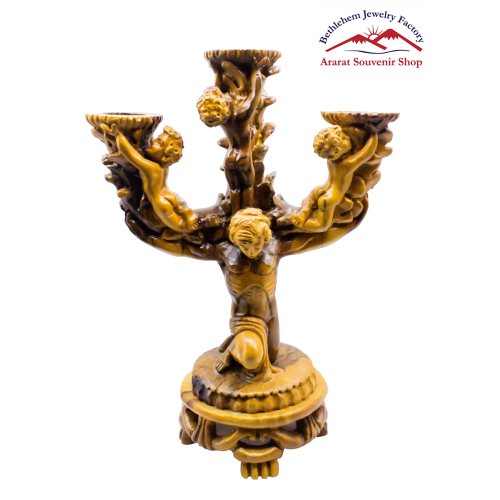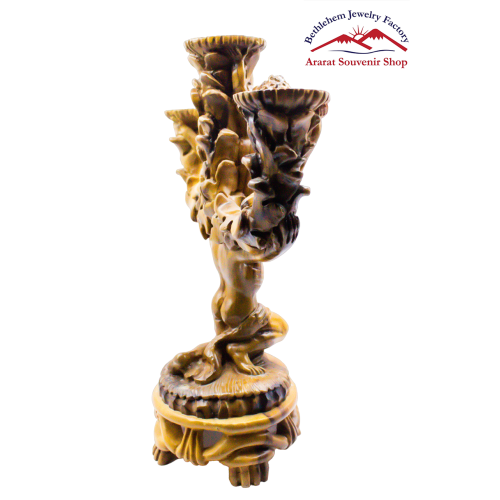The Cross
The cross is one of the most recognized symbols in the world, representing not only Christianity but also deeper themes of sacrifice, redemption, and hope. Its origins trace back to the Roman Empire, where it was used as a method of execution reserved for criminals, slaves, and the most heinous offenders. The crucifixion of Jesus Christ, a pivotal event in Christian history, transformed the cross from an instrument of torture into a powerful emblem of faith and salvation. This transformation encapsulates the essence of the Christian narrative—the confrontation between sin and grace, death and eternal life.
In Christian theology, the cross signifies the ultimate act of love and sacrifice. According to the New Testament, Jesus was crucified on Good Friday, bearing the sins of humanity and offering himself as a sacrifice to reconcile humankind with God. His death marked the culmination of his earthly ministry and fulfilled prophetic scriptures regarding the Messiah’s suffering. In Matthew 27:46, Jesus cries out from the cross, expressing both abandonment and the fulfillment of his mission, providing profound theological insight into the significance of his sacrifice.
The cross is often viewed through the lens of the Paschal Mystery, which encompasses the passion, death, resurrection, and ascension of Jesus Christ. This mystery portrays the belief that through the crucifixion, death was conquered and a pathway to eternal life was opened for believers. The resurrection on Easter Sunday, occurring three days after the crucifixion, further solidifies the cross’s significance, symbolizing victory over sin and death. Thus, the cross becomes a dual symbol—one of suffering and one of triumph.
Theological interpretations of the cross are rich and varied, ranging from concepts of atonement to discussions of love and justice. Different Christian denominations approach the idea of the cross with distinct emphases. For example, in the tradition of Penal Substitutionary Atonement, the cross is seen as a necessary means for satisfying divine justice, where Christ bears the punishment for sin. Conversely, other theological perspectives, such as the Moral Influence Theory, emphasize the cross as a demonstration of God’s love, inspiring moral transformation in believers.
Throughout Christian history, the depiction of the cross in art has evolved, reflecting changing attitudes towards suffering and redemption. Early Christian symbols, such as the Chi-Rho and the fish (Ichthys), obscured the cross’s raw brutality. However, as Christianity grew, so did its willingness to confront the realities of the crucifixion, leading to the creation of evocative imagery that depicted Christ’s suffering. Renowned artists like Michelangelo and Salvador Dalí have portrayed the cross in their works, capturing both pain and grace. The crucifix emerges in Gothic cathedrals, Renaissance paintings, and modern artwork, each reflecting the ongoing dialogue between faith, culture, and human suffering.
The cross also holds significant social and cultural implications. It has become a global symbol of hope, often displayed in various forms—churches, jewelry, tattoos, and flags. For many, wearing or displaying the cross serves as a reminder of their faith, a public declaration of belief, and a source of spiritual strength. It can also represent solidarity among Christians, transcending denominational divides and uniting believers in a shared acknowledgment of Jesus’s sacrifice.
Culturally, the cross has been both embraced and challenged. While it is a beacon of hope for millions, it has also faced criticism and scrutiny in contemporary discourse. Discussions surrounding the cross often center on its role in social justice, theology, and its implications in a pluralistic society. Some argue for a more inclusive dialogue that recognizes the diverse paths to spirituality, while others maintain a firm commitment to the centrality of the cross in Christian belief.
In liturgical practices, the cross holds a central role. It is prominently featured in Christian ceremonies such as baptism, confirmation, and communion, as a potent reminder of Christ’s sacrifice and the believer’s faith journey. During the season of Lent, particularly on Good Friday, Christians reflect on the significance of the cross and Jesus’s suffering through prayer, fasting, and observances, fostering a deeper connection to the narrative of redemption.
In conclusion, the cross stands as a multifaceted symbol within Christianity, embodying sacrifice, love, and hope. Its transformation from an instrument of execution to a powerful emblem of faith facilitates a profound understanding of the Christian experience. Theologically, artistically, and culturally, the cross resonates with believers and non-believers alike, inviting contemplation on themes of suffering, redemption, and the complexities of human existence. Ultimately, the cross serves not only as a symbol of Jesus’s love and sacrifice but also as a call to bear witness to hope, grace, and the promise of new life amid the realities of suffering and injustice in the world.












Reviews
There are no reviews yet.